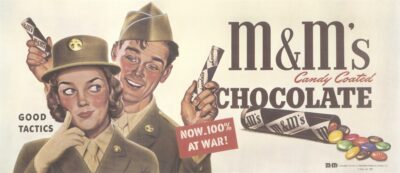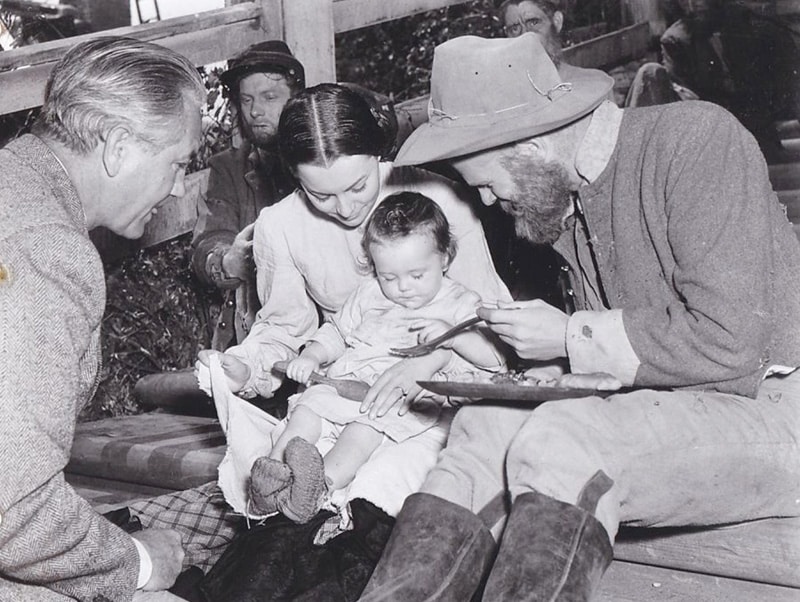
The quintessential epic historical romance film, Gone with the Wind was adopted from the 1936 Margaret Mitchell book of the same name. Producer David O. Selznick’s ambitious project set the record for total number of Academy Award wins and nominations at the time. The following are the major players who made this legendary film tick.
Victor Fleming (February 23, 1889 to January 6, 1949)
While Fleming won a 1939 Best Director Oscar for Gone With the Wind, he was also behind the camera for another one of the year’s highest-grossing films—The Wizard of Oz. The California native’s earliest experiences were while serving as chief photographer for President Woodrow Wilson during World War I at Versailles, France. Fleming directed his first film in 1919 and went on to oversee a number of silent films, many starring Douglas Fairbanks.
He joined MGM in 1932 and directed a string of famous movies including 1935’s Reckless, 1934’s Treasure Island and 1937’s Captains Courageous. His post-GWTW filmography found Fleming shooting a 1941 remake of Dr. Jekyll and Mr. Hyde with Spencer Tracy, a final project with Clark Gable (1945’s Adventure) and his last film, 1948’s Joan of Arc. He died of a heart attack the following year.
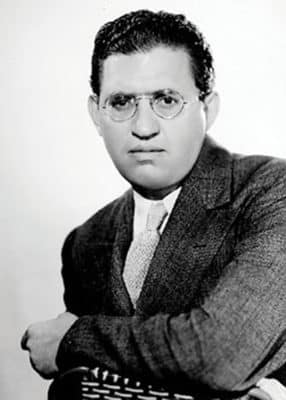 David O. Selznick (May 10, 1902 to June 22, 1965)
David O. Selznick (May 10, 1902 to June 22, 1965)
The son of silent movie producer Lewis J., the younger Selznick hit his stride in 1931 after being hired by RKO to be head of production. The rest of the decade found him helming a number of storied films including King Kong, David Copperfield, Anna Karenina and A Tale of Two Cities.
Striking out on his own with Selznick International Pictures, the producer’s hits kept coming via A Star Is Born, The Adventures of Tom Sawyer and Intermezzo. Selznick’s producing acumen won him consecutive Best Picture Oscars for Gone With the Wind (1939) and Rebecca (1940). The rest of his career was spent chasing GWTW’s success. Along the way, he continued his creative relationship with Alfred Hitchcock,who he brought over from England to direct Rebecca, Hitchcock’s first Hollywood production and Best Director nomination.
Selznick died in 1965 after having several heart attacks.
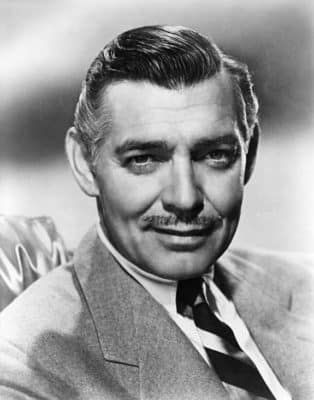 Clark Gable (February 1, 1901 to November 16, 1960)
Clark Gable (February 1, 1901 to November 16, 1960)
Often referred to as the “King of Hollywood” during his 1930s and 1940s heyday, Gable got his start as a silent film extra. In the ensuing year following Gable’s sound picture debut in the 1931 low-budget western The Painted Desert, the Ohio native found himself being paired with numerous Hollywood leading ladies including Greta Garbo, Jean Harlow, Joan Crawford (his favorite), Loretta Young and Claudette Colbert.
During the 1930s, Gable was nominated thrice for the Best Actor Oscar, winning once for 1934’s It Happened One Night. While losing out for his role as Rhett Butler in Gone with the Wind to Robert Donat’s performance in Goodbye Mr. Chips, Gable went on to act in nearly 30 more films and serving in the U.S. Army Air Forces. His last film role was in 1961’s The Misfits alongside Marilyn Monroe in her last cinematic appearance.
Gable suffered a major heart attack in 1960.
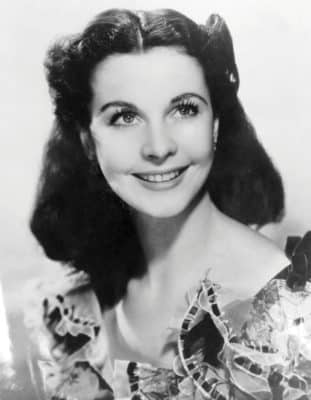 Vivien Leigh (November 15, 1913 to July 8, 1967)
Vivien Leigh (November 15, 1913 to July 8, 1967)
Primarily a stage actress, the English thespian nonetheless won Best Actress Academy Awards for Gone with the Wind and 1951’s A Streetcar Named Desire. Having cut her cinematic teeth appearing in a handful of British films, Leigh nonetheless instructed her American agent to recommend her to David O. Selznick, who was planning a film adaptation of Gone with the Wind, which Leigh had recently read. She beat out Paulette Goddard, Jean Arthur and Joan Bennett for the role of Scarlet O’Hara.
An affair with Laurence Olivier led to a 20-year marriage, during which time the duo appeared in many stage productions together. Bouts with mental illness and tuberculosis plagued Leigh, who made her last appearance in 1965’s Ship of Fools, eventually succumbing to the latter ailment in 1967.
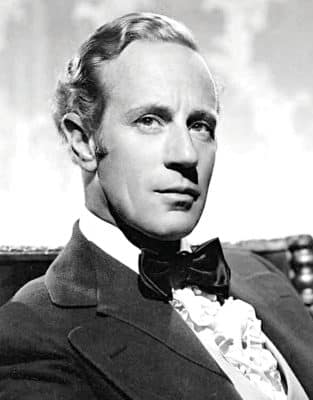 Leslie Howard (April 3, 1893 to June 1, 1943)
Leslie Howard (April 3, 1893 to June 1, 1943)
Howard was an English stage and film actor, director and producer. Along with his role of Ashley Wilkes in Gone with the Wind, Howard appeared in a number of other high profile films including 1934’s The Scarlet Pimpernal, 1936’s The Petrified Forest, 1939’s Intermezzo, 1938’s Pygmalion and 1933’s Berkeley Square (the latter two for which he received Best Actor nominations). Howard died in a plane crash when his flight from Portugal to the UK was shot down by the German Luftwaffe.
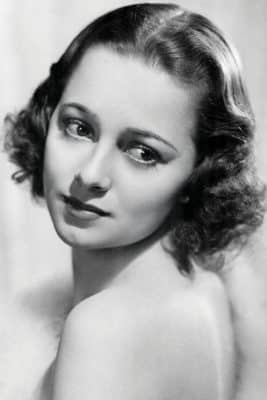 Olivia de Havilland (Born July 1, 1916)
Olivia de Havilland (Born July 1, 1916)
In a career that spanned from 1935 to 1988, de Havilland and her late sister Joan Fontaine are the only siblings to have won Academy Awards in a lead category. The Tokyo-born actress appeared in 49 feature films, and while she was nominated for five Academy Awards (including Gone with the Wind), she won twice for 1946’s To Each His Own and 1948’s The Snake Pit. Her last movie appearance was in 1979’s The Fifth Musketeer.
Retired since 1988, De Havilland currently resides in Paris. She was most recently in the news for suing FX Networks over her portrayal in the biopic miniseries Feud: Bette and Joan.
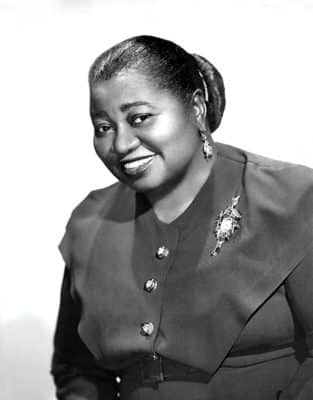 Hattie McDaniel (June 10, 1893 to October 26, 1952)
Hattie McDaniel (June 10, 1893 to October 26, 1952)
With her role as Mammy in Gone with the Wind, Hattie McDaniel became the first African-American to win an Academy Award. The youngest of 13 children born to former slaves, the Kansas native started out on the radio and was a recording artist who cut sides for Paramount and Okeh Records. Pre-GWTW parts found her appearing in 1935’s The Little Colonel, 1934’s The Judge Priest and 1936’s Show Boat. McDaniel received her Oscar at the Twelfth Academy Awards, held in the segregated section of Los Angele’s Coconut Grove Restaurant of the Ambassador Hotel, which normally had a strict no-blacks policy.
Consigned to play domestics throughout her filmography, McDaniels cinematic fate didn’t change despite appearing in post-Gone with the Wind films alongside the likes of Bette Davis, Jack Benny, Mary Astor, Rita Hayworth, Errol Flynn and Olivia de Havilland. McDaniel died of breast cancer in 1952.


